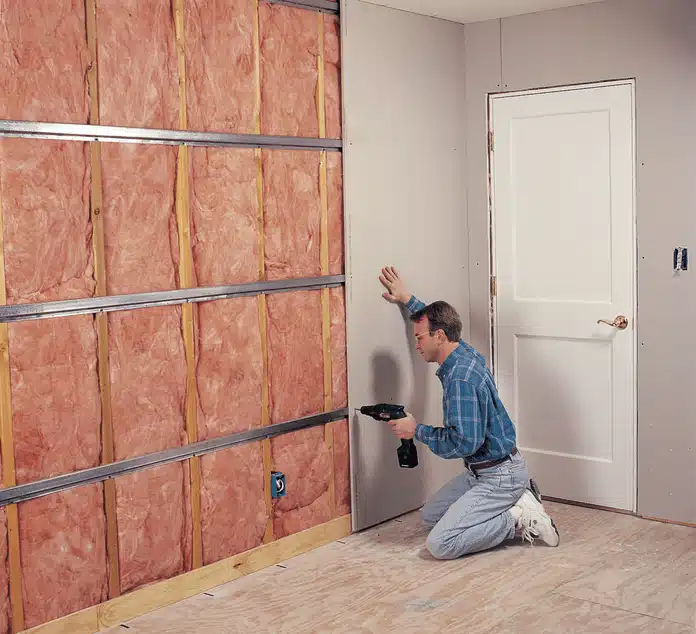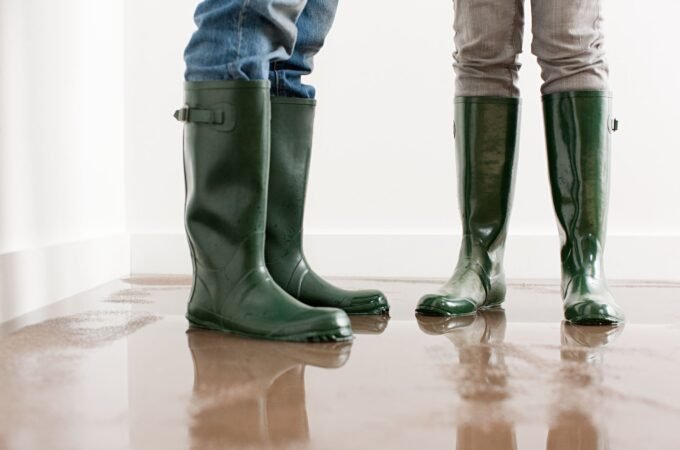
A Complete Guide to Door Soundproofing and Insulation
Your home is only as soundproof as its weakest/thinnest point. This means that if your doors are paper-thin, it doesn’t matter how thick your heavy curtain is or how expensive your acoustic panels are.
So, you need a thicker door, right? Well, it’s not that simple.
You see, picking the right door is more complex than you think. It’s not just the thickness. Also, it’s not just the door. The sound can seep underneath or through the gaps surrounding it. In other words, there’s so much work to be done, and here are some things you need to keep in mind while soundproofing your doors.
Table of Contents
ToggleReplacing your doors
The best course of action would be just to buy new doors. This is the most expensive solution, but it’s the one that yields the best results and benefits you the most in the long run. Ideally, you’re looking for solid core doors. These doors will block sound and provide optimal insulation. The core is usually made of composite wood, soundproofing the area and acting as an incredible insulator. They’re also quite heavy, so ensure the hinges you’ve bought are up to the task.
Double or triple-layer doors are the best option if you’re ready to go over the top and don’t care about the cost. Regarding the sound within the room, the material’s surface makes the biggest difference. However, thickness is the most important thing when it comes to sound and heat escaping the room. Sure, the thermic properties of the material also make a difference, but it’s still the thickest doors that will make a difference.
Remember that while the exterior doors are the most impactful, you may also want to replace the interior doors.
Soundproofing hollow door
Let’s say that replacing doors is not an option. There are a few things you can do to make things better. First, examine the doors you currently have. Sometimes, the answer to the question of how to soundproof a door is to actually take it apart, add soundproof panels in between, and then reassemble it.
The problem is that cheap doors (which is usually the case with hollow doors) aren’t meant to be disassembled. This means that, after breaking them apart, you might be unable to put them back together.
Remember that even without disassembling, you still have a few options. You can always line one or both sides. As we’ve mentioned, by adding volume, you’re improving both insulation and soundproofing properties. Mass-loaded vinyl will do the trick. Get some vinyl sheets, ideally ones that will fit the door, and there you have it.
Seal the cracks
If there are cracks around the frame or in the door, you won’t be able to do much to soundproof it. The most important thing you need to understand here is that identifying these cracks and finding the right solution depends on quite a few things.
If a crack is around the door, you must use weatherstripping and caulk. This alone is a complex task that might prove to be challenging at first.
If the leak is indoors, you might have to find a problem and try to fix it using different methods. You need to clean the area, remove loose wood splinters or dirt, fill the cracks with wood filler or wood putty, smooth the shape, and paint over it. Remember, you’re not just trying to soundproof the door. You’re trying to do this without ruining the overall impression.
Better door sweep
No matter what you do with the rest of the gaps, the one between the lowest edge of your door and your floor will still exist. You need a good door sweep to help you plug this gap. The simplest way to get it is to install a soundproof door sweep.
Now, the selection is quite simple. You’re looking at these sweeps through several features.
- Visuals: You want something that will look like a natural continuation of the door.
- Installation: You don’t want to call a handyman to help you with this and end up paying them more than the door sweep will cost.
- Length: While you can shorten the sweep yourself, it’s best to get the one that fits the size. This isn’t hard to find since there are not many custom-sized doors. The majority come in standard sizes.
Once you’re done, attach the sweep. Sometimes, you may have to work with screws, but sometimes a simple adhesive will also work.
Lastly, not only will this help with soundproofing, but it will also assist you with insulation. No longer with the hot/cold air have this one gap through which it can escape your home.
Glass doors
Lastly, some doors have a glass core, which makes their soundproofing a bit more complex. Ideally, you would use soundproof curtains or drapes. The more panes they have, the more soundproofing and insulation these doors provide, but the problem with panes is that you can’t just add them. Here, a replacement of doors is the most obvious solution.
There is, however, another way. Adding drapes that are meant for glass doors and will allow passage with minimal disturbance is a decent solution to your problem. Due to their texture, they’ll slow the passage of sound waves and make the room quieter overall. They might even improve the overall acoustics of the room since they won’t reflect sound waves as strongly. This is one of the main reasons modern furniture design relies so much on textiles.
This is so important to mention because you’ll likely have at least one glass door in your household.
Wrap up
Ultimately, your home is just as soundproof/insulated as its weakest link. Even for the strongest boats, all it takes is a single hole to go down. Your door is a crucial component of your design; it’s a functional element of your home and a barrier to the outside world. Sound and heat will flow through this barrier as effortlessly as you allow them. Always keep that in mind.






